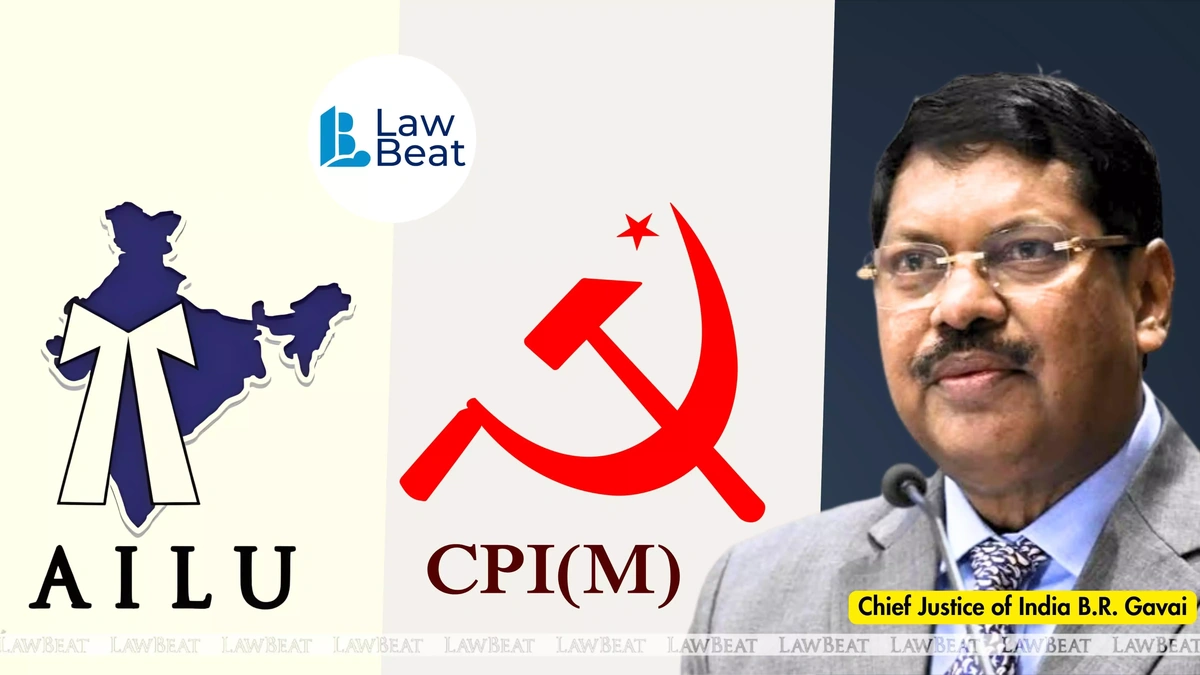Decoding Modi’s GST | More Than Just Taxes?
The Goods and Services Tax (GST) – it’s a phrase we’ve all heard countless times, especially in the context of Narendra Modi’s economic policies. But let’s be honest, how many of us really understand it beyond the surface level? It’s easy to get lost in the jargon and the numbers. What fascinates me is how a single tax reform can ripple through the entire Indian economy, impacting everything from small businesses to multinational corporations. And that’s exactly what we’re going to unpack today. Forget the boring textbook definitions. We’re diving into the heart of the matter: why GST matters to you, me, and every Indian citizen.
The Real Reason Modi Pushed for GST (It’s Not Just About Taxes)

So, Narendra Modi GST – the connection is undeniable. But it’s not just about him implementing a new tax. It’s about a fundamental shift in India’s economic philosophy. Here’s the thing: before GST, India’s tax system was a messy, complicated web of state and central taxes. Imagine trying to navigate a maze blindfolded! This complexity led to tax evasion, corruption, and a huge amount of wasted time and resources. A common mistake I see people make is thinking of GST simply as a tax. It’s much more! It’s about creating a unified national market, reducing the compliance burden, and boosting economic growth. According to reports, the initial goals were simplification and increased tax revenue, but the long-term vision was always about integrating India’s economy. The government hoped to cut down the instances of double taxation to reduce the final price of goods and services.
But, here’s where it gets interesting. GST wasn’t just about economic efficiency. It was also a political move. By centralizing the tax system, the Modi government aimed to increase its control over the economy and reduce the power of individual states. This has been a point of contention, with some states feeling like their autonomy has been eroded. Food for thought, right?
How GST Impacts Your Wallet (And What You Can Do About It)
Okay, enough of the high-level stuff. Let’s talk about how GST impacts your wallet . The most obvious impact is on the prices of goods and services. Some things became cheaper, others became more expensive. But the real story is in the details. The introduction of Input Tax Credit (ITC) was a game-changer. ITC allows businesses to claim credit for the GST they’ve paid on their inputs, which reduces their overall tax burden and, ideally, leads to lower prices for consumers. However, a common pitfall to watch out for is businesses not passing on these benefits to consumers. A thing you can do? Be a smart consumer. Compare prices, ask questions, and don’t be afraid to shop around. Support businesses that are transparent and pass on the benefits of GST to their customers. And that’s where you can make a real difference.
So, let’s be candid, GST implementation hasn’t been perfect. There have been glitches, confusion, and challenges. But, it’s a work in progress. The government is constantly tweaking and refining the system based on feedback from businesses and consumers. The one thing you absolutely must know is that the GST council, comprising representatives from both the central and state governments, is the ultimate decision-making body on GST-related matters. They meet regularly to address issues and make necessary changes. As per the official GST website , the council is committed to continuous improvement and simplification of the GST system.
GST and Small Businesses | A Love-Hate Relationship?
The relationship between GST and small businesses is complex, to say the least. On one hand, GST has simplified the tax compliance process, making it easier for small businesses to operate across state borders. This access to a unified national market enables growth. On the other hand, the initial implementation was difficult, especially for smaller businesses that lacked the resources to navigate the new system. This added costs for accounting software and GST compliance. According to a study by industry group Federation of Indian Micro and Small & Medium Enterprises (FISME), many small business owners initially struggled with understanding the complexities of GST. But, here’s the positive spin: the government has introduced several measures to support small businesses, including simplified filing procedures and exemptions for businesses with low turnover.
Here’s a common issue – many smaller businesses find the online portal to be difficult to navigate. However, the government has been making continuous improvements for user experience based on feedback. What fascinates me is the resilience of Indian entrepreneurs in the face of these challenges. They’re adapting, learning, and finding ways to thrive in the new GST regime. It is also worth knowing about GST compensation to states and how it affected the economy.
The Future of GST | What’s Next?
Let’s look ahead. What’s the future of GST? More simplification, that’s for sure! The government is working on streamlining the GST rates, reducing the number of tax slabs, and making the compliance process even easier. What I initially thought was a straightforward system has evolved. There is still much to change. E-invoicing is also something that needs to become even more streamlined. The other thing you need to watch is GST collection figures, which are an indicator of the health of the economy. When collections are high, it means businesses are doing well and the economy is growing.
And, let’s be honest, the implementation of GST has also streamlined international trade, making it easier for Indian businesses to compete in the global market. The removal of cascading taxes has made Indian exports more competitive, which is something many don’t think about. GST council recommendations have been crucial in this aspect.
Navigating the GST Landscape | Your Practical Guide
Understanding GST can feel like trying to solve a Rubik’s Cube. But, with the right approach, it becomes manageable. If you’re a business owner, invest in good accounting software and seek professional advice. Keep meticulous records of your transactions. This will save you time and headaches in the long run. Stay updated on the latest GST rules and regulations . The GST portal is your friend. It’s a treasure trove of information, forms, and updates.
As per the guidelines mentioned by the official sources, it’s also worth remembering the due dates for filing GST returns. Missing the deadlines can result in penalties, which can disrupt your business operations. And for consumers? Be informed. Know your rights. Understand the GST rates on the products and services you consume.
FAQ
What if I forgot my GST registration number?
You can retrieve it from the GST portal using your PAN or other relevant details.
How do I file a GST return online?
You’ll need to use the GST portal and follow the step-by-step instructions provided.
What is the penalty for late filing of GST returns?
The penalty varies depending on the delay and can include interest and late fees.
What are the different types of GST?
There are four main types: CGST, SGST, IGST, and UTGST.
Where can I find the latest GST rates?
The GST portal and other reliable sources provide updated GST rate charts.
What if I have a dispute related to GST?
You can file an appeal with the relevant GST authorities.
So, in conclusion, the story of Modi and GST is far more than meets the eye. It’s a tale of economic ambition, political maneuvering, and the ongoing quest for a simpler, more efficient India. And as Indian citizens, we’re all part of this story. Being informed will make us better participants.













